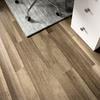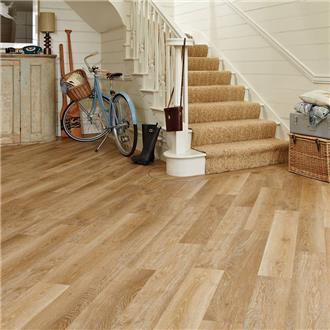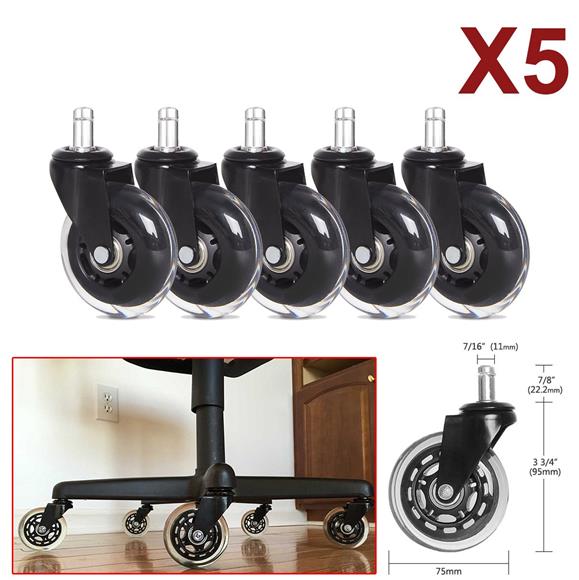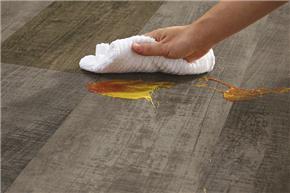
Swipe left or right to close the panel.
×

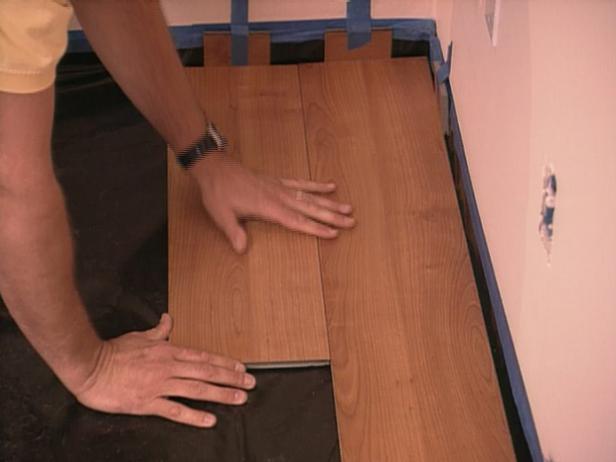
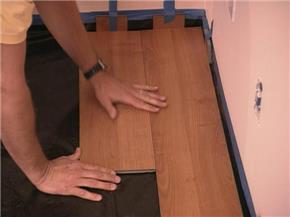
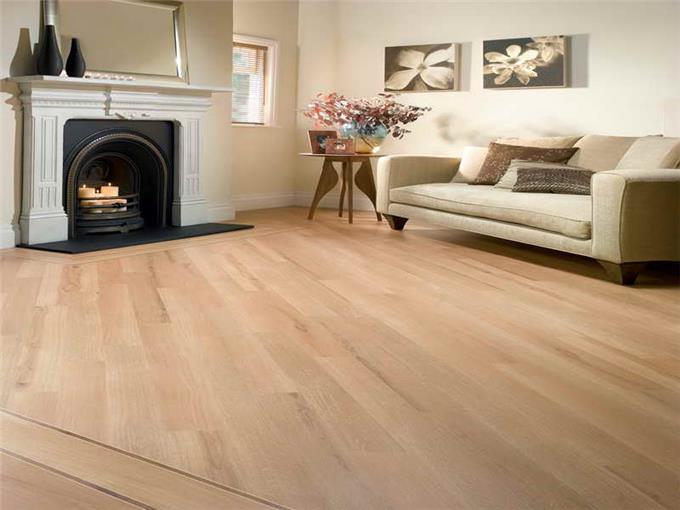

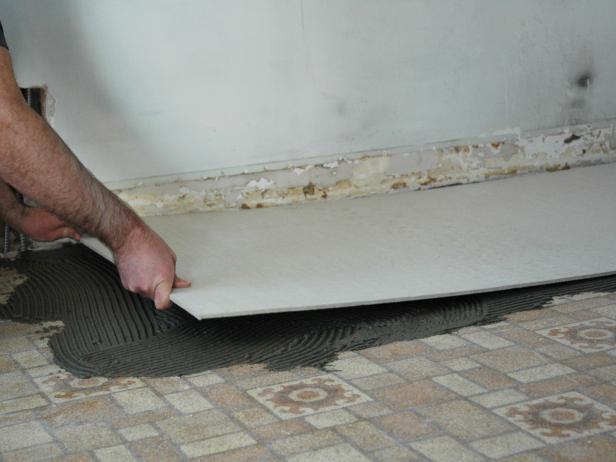
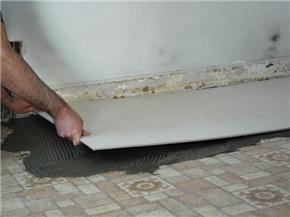
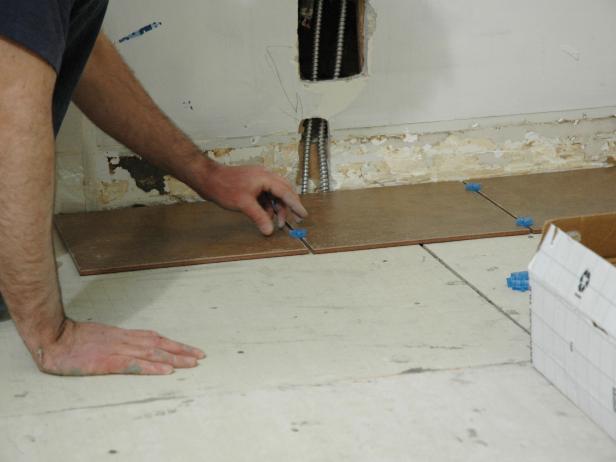
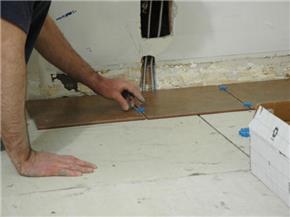
Image 1
Best Review Based on Most Mentioned Phrase / Active User

Textured Cherry Wood Finish
3 times mentioned • Joey Yap • 16 October 2017

Textured Cherry Wood Finish
|
Lay Subsequent Rows. Use the short trimmed section of the previous row to start the next row. This will ensure the joints between planks in a row are staggered from the joints in adjoining rows (Image 1). The laminated flooring in this project has a soundproof backing and textured cherry wood finish. It snaps together by lining up the planks at an angle and then flattening out the row being installed (Image 2). To save the edges of the flooring boards, use a piece of scrap wood to tap adjoining rows together.
|
|

High Speed
171 times mentioned • Shark Dut Dut • 27 November 2017

High Speed
|
Sanding is a very dusty, noisy and messy job. Wear protective clothing, including ear protectors and a respiratory mask. Cover and mask around doors to prevent dust from spreading throughout the house (image 1). Open all windows, so that you work in a well-ventilated room.You need three sanders: a heavy-duty drum sander (a drum wrapped in sandpaper that rotates at high speed) (image 2); a heavy-duty edging sander (image 3) and a corner sander (image 4). Each requires sandpaper in a particular shape, which is available from the rental store.
|
|

Right Place
97 times mentioned • Hui Ying • 07 February 2018

Right Place
|
Install the Backer Board.When the entire section of the floor is covered, set the backer board down slowly (Image 1). Make any slight corrections and adjustments while the thinset is wet.
When the board is in the right place, begin screwing the backer board into the flooring below (Image 2). The backer board has a grid to follow so the screws go in the correct location.
Repeat this step until the floor is covered entirely with backer board and is completely bolted down (Image 3).
|
|

Good Idea
74 times mentioned • Hui Ying • 07 February 2018

Good Idea
|
Lay the Tile.Next, plot out a tile pattern. Using spacers as a guide, lay one row of tiles all the way across the floor and another row of tiles perpendicular to the first row (Image 1). Laying out the tile before setting it provides a good estimate of how much tile is needed and where you might run into problems along the floor.With a good idea where the tile will fall, lift the first tiles and spread thinset with the notched trowel, keeping the trowel at a 45-degree angle (Image 2). Lay the tiles down carefully and make any corrections .
|
|
Everyone can have their own blog websites now. People use Invaber to blog their life, post their wishlists, post their preferences, share with others on Google. You also can discover more on what you blog. Invaber is sponsored by Microsoft.
|
|
Join Invaber |
|
|
What is Invaber? |
|
Lastest Business
|
|








